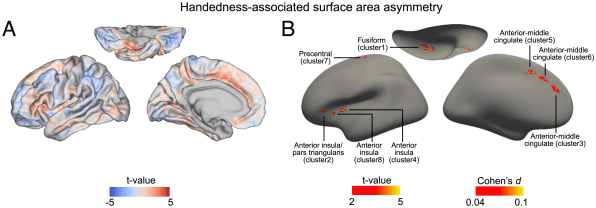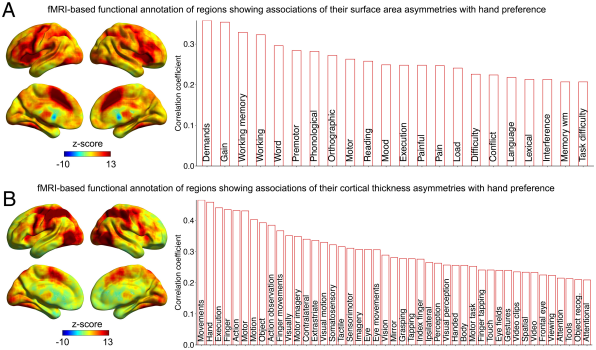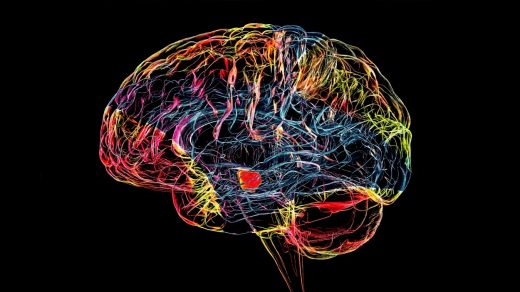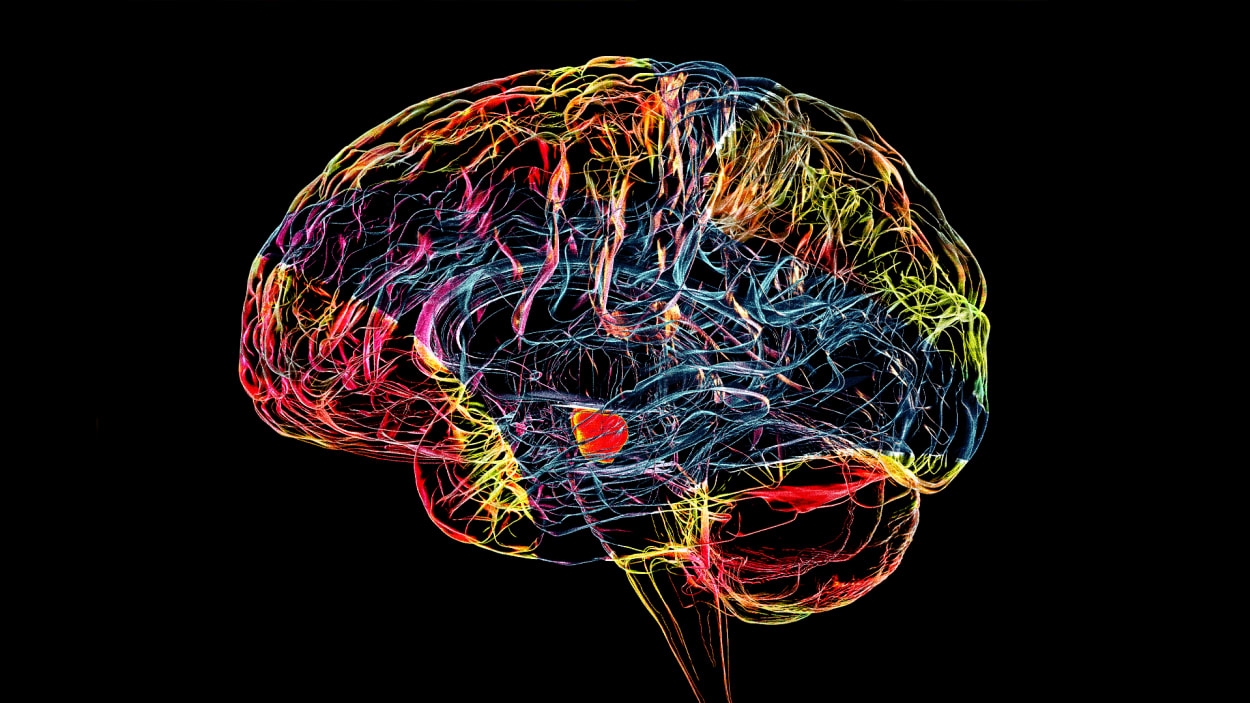Why are some people left-handed? MRI brain scans are finally revealing an answer
As one of many left-handed people on staff here at Fast Company, I was tempted to spend International Left-Handers Day scrolling through the #LeftHandedProblems hashtag on TikTok, which, I was not surprised to learn, includes more than 43 million videos of ink-smudged lefties banging into doors, playing their guitars upside-down, and failing miserably with the ice-cream scooper. Instead, I decided it might be more interesting to look into exactly why an estimated 10% of the global population is cursed—er, blessed with—the trait of left-handedness.
It turns out, there is some relatively new research on that front, thanks to the miracle of MRI technology and a massive repository of brain scans. Late last year, a study led by the Max Planck Institute for Psycholinguistics identified precisely where left-handedness shows up in the human brain. Or, more specifically, the study revealed how the brains of left-handed people differ on average from those of their right-handed counterparts in terms of symmetry.

Using data from the UK Biobank, an international team of researchers mapped out the cerebral cortexes of 28,802 righties and 3,062 lefties, meticulously measuring their surface areas and thickness for asymmetries, a process that took three months and required 12 clusters of computer servers working in tandem.
The results, published the Proceedings of the National Academy of Sciences, uncovered 10 distinct areas of the brain where average asymmetries between righties and lefties differed. What’s more, these areas were not limited to a specific section of the brain, but spread out across its surface. “This is the first time that specific parts of the brain’s anatomy have been linked confidently to handedness,” researcher Clyde Francks said in a statement at the time.

[Source Images: PNAS]
Fascinatingly, some of these areas were associated with language, leading the researchers to speculate that handedness has an evolutionary component tied to a point in our history when communication was more gesture-based.

[Source Images: PNAS]
Other research has indicated that being left-handed was a double-edged sword of sorts for early humans, offering an advantage in combat situations but a disadvantage when it comes to cooperation. The push and pull between those two forces may account for why left-handed people are consistently rare across populations, or so the theory goes.
In the Max Planck study, all 10 brain areas that differed tended to be larger in the right hemisphere for lefties. At the same time, the differences turned out to be very small—a matter of averages that could only be detected over large data sets—and the researchers say they absolutely did not stumble on a way to predict whether someone will be left-handed just by looking at their brain.
In other words, our brains are much more alike than they are different, although that’s cold comfort to the poor guy on TikTok who just spilled a scoop of rocky road all over his lap.
(50)



